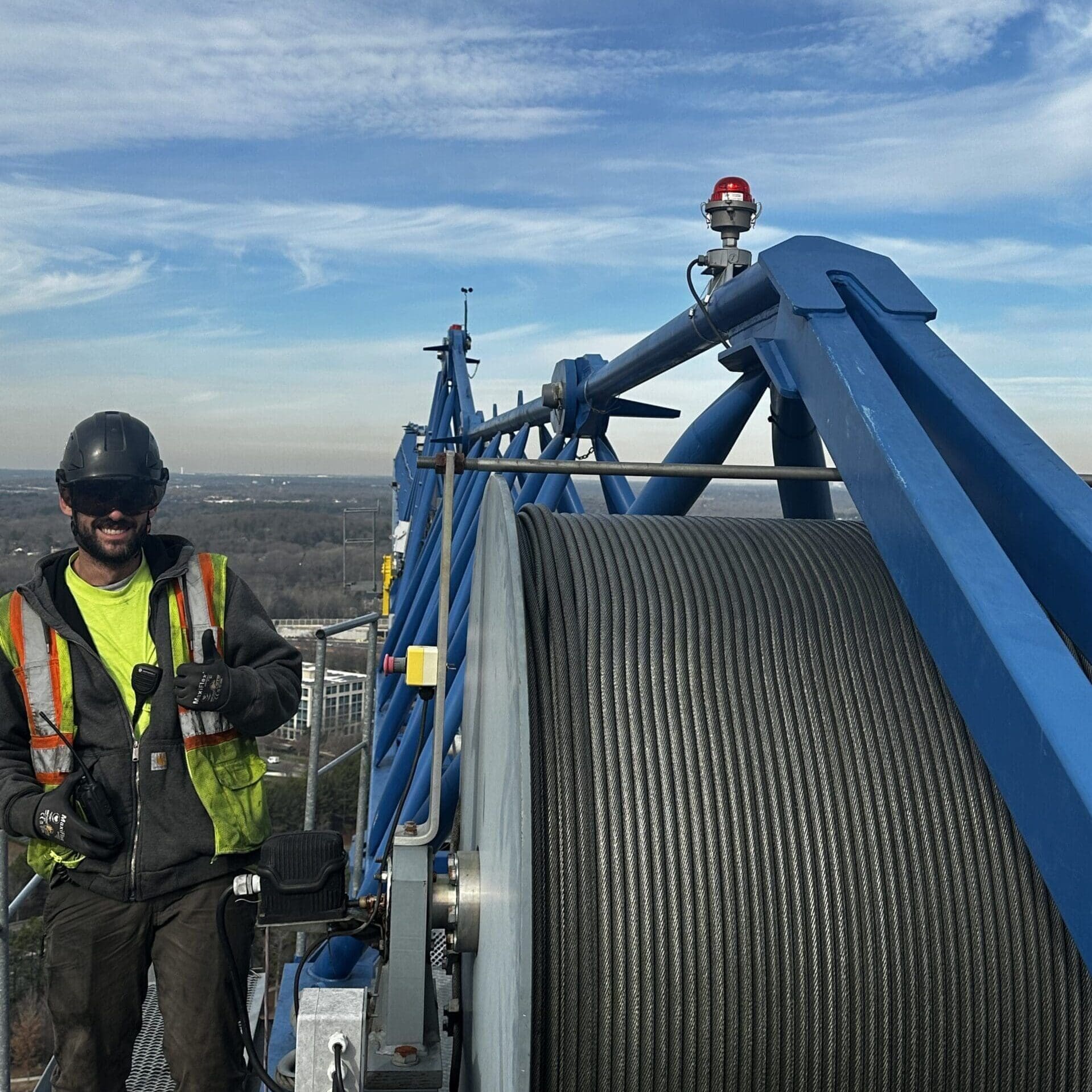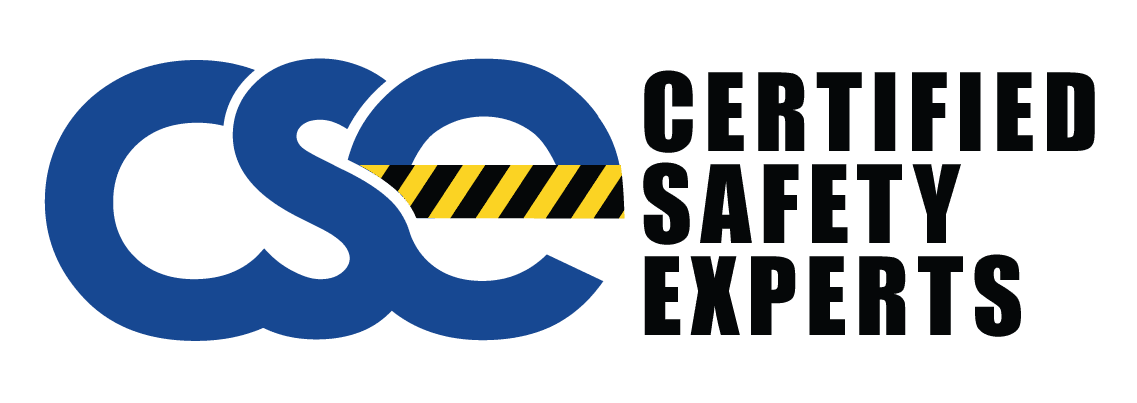Raleigh NC #1 Hand Signal CertificatioN
Looking for dependable Hand Signal Certification in Raleigh, NC? Certified Safety Experts provides everything you need to master hand signals and stay OSHA-compliant in crane operation. If you’re a crane operator, rigger, or signalperson, this certification is essential to ensure safe, effective communication on any job site.
With experienced instructors and a practical, hands-on approach, our certification program is designed to fit your schedule and budget.
Why Choose Our Hand Signal Training in Raleigh?
Certified Safety Experts makes it easy and convenient to get certified in hand signaling. We offer training right here in Raleigh, so you don’t have to travel far or pay extra for quality instruction. Call us today at (919) 373-6769 to enroll!
Comprehensive Hand Signal Certification in Raleigh, NC
Our Hand Signal Certification course covers everything you need to know to ensure clear, accurate communication between crane operators and signalpersons, including:
- OSHA Hand Signal Standards
- Communication Best Practices
- Safety Protocols
- Practical Application in the Field
Through both classroom instruction and hands-on training, we cover each signal in detail and ensure you’re prepared to apply these skills confidently on any job site. Our experienced instructors are dedicated to creating a safe, supportive learning environment every step of the way.
Flexible and Affordable Training Options
We understand that time is valuable. Our certification program is structured to fit into your schedule with minimal disruption to work or personal commitments. You can complete the entire course within a few days, keeping your time away from work as short as possible.
Whether you prefer to come to our facility or want us to bring our training to your team, we’re here to make it work for you.
Invest in Safety with Certified Safety Experts
Certified Safety Experts is trusted by crane operators, riggers, and companies across Raleigh because we bring real-world experience and a commitment to excellence to every course. With our hand signal certification, you’ll gain the skills and confidence needed to keep yourself and your team safe on the job.
Start your journey to safer crane operation with Certified Safety Experts – call us today at (919) 326-3742.
Features of Hand Signal Certification
Standardized Signals
Certification programs teach standardized hand signals that are universally recognized across the industry. This ensures that all personnel can communicate effectively, reducing the risk of misunderstandings.
Safety Protocols
Certification includes training on safety protocols related to the use of hand signals. Participants learn how to use signals in various environments, ensuring safety for themselves and their coworkers.
Practical Training
Programs often involve hands-on training sessions where individuals can practice hand signals in real-life scenarios. This practical application helps reinforce learning and improves proficiency.
Assessment and Evaluation
Candidates are typically required to pass assessments that evaluate their understanding and execution of hand signals. This may involve both written tests and practical demonstrations.
Regulatory Compliance
Certification often aligns with industry regulations and standards, ensuring that organizations comply with safety laws and guidelines, which can help prevent legal liabilities.
Documentation and Record Keeping
Certified individuals receive documentation that verifies their training and skills. This record can be essential for employers and may be required for compliance during safety audits or inspections.
Benefits of Hand Signal CErtification program
Enhanced Safety
Hand signals help prevent accidents by ensuring that all workers can understand instructions quickly and clearly, especially in noisy environments where verbal communication may be difficult.
Improved Communication
Certified hand signal training fosters a standardized communication method among workers, reducing misunderstandings and enhancing teamwork.
Regulatory Compliance
Many industries have safety regulations that require training in hand signals. Certification helps ensure compliance with these regulations, potentially reducing liability and legal risks.
Increased Efficiency
Effective hand signals can streamline operations, allowing tasks to be completed more quickly and smoothly, which can lead to increased productivity.
Skill Recognition
Certification validates an individual’s competency in using hand signals, which can enhance their professional reputation and career advancement opportunities.
Emergency Preparedness
Training in hand signals can prepare workers to respond effectively in emergency situations where clear and immediate communication is essential, thereby improving overall workplace safety.
How it Works?
Classroom Training
Trainees complete a course covering the safe operation of aerial lifts. This includes topics such as equipment types, hazard recognition, safety regulations (like OSHA standards), and proper operating procedures.
Hands-On Evaluation
After the initial training a certified instructor or employer supervisor evaluates the trainee’s hands-on ability to operate an aerial lift safely this assessment typically includes checking pre-operation inspection skills, maneuvering, lifting, lowering and emergency procedures.
Certification Issued
Once the trainee successfully completes both the theoretical and practical evaluations, they receive their aerial lift certification. This certification must be renewed periodically, often every three years, depending on regulations.


Why you Need Choose US?
When it comes to ensuring safety in your workplace, choosing Certified Safety Experts is a decision that prioritizes excellence and professionalism. Our Hand Signal Certification program is designed to empower your team with the knowledge and skills necessary to communicate effectively in high-risk environments.
What sets us apart is our commitment to delivering comprehensive training that meets industry standards. Our certified instructors bring extensive experience and real-world insights, ensuring participants gain practical skills they can apply immediately. We understand the importance of clear communication on the job site; our training not only enhances safety but also boosts productivity.
By selecting Certified Safety Experts, you are investing in a safer work environment. Our Hand Signal Certification equips your staff with the essential tools to minimize accidents and ensure smooth operations. We take pride in our personalized approach, working closely with your organization to tailor our programs to meet your specific needs. Choose Certified Safety Experts for reliable, high-quality training that fosters a culture of safety and efficiency in your workplace.
Frequently asked questions
Hand Signal Certification is crucial because clear communication is essential for preventing accidents and ensuring safe lifting operations. Miscommunication can lead to dangerous situations, such as dropping loads or collisions. Certification ensures that all workers are trained in the same signals, reducing the risk of errors.
Typically, all personnel involved in crane operations should be certified, including crane operators, signal persons, and ground crew members. This ensures that everyone on site understands the signals and can contribute to safe lifting practices.
Common hand signals include:
- Raise Load: Arm extended upward with fingers pointing.
- Lower Load: Arm extended downward with fingers pointing.
- Stop: Arm raised with the palm facing forward.
- Move Slowly: One arm extended with a slow waving motion.
- Swing Load: One arm extended horizontally, moving in a circular motion.
To obtain Hand Signal Certification, individuals typically need to complete a training course that covers the hand signals, their meanings, and safe lifting practices. After the training, participants usually take a written or practical exam to demonstrate their understanding before receiving certification.
Operating without Hand Signal Certification can lead to miscommunication, resulting in accidents and injuries. Companies may face legal liabilities, fines, and increased insurance costs, as well as potential work stoppages due to safety violations. Moreover, untrained personnel may not recognize or respond appropriately to emergencies, further endangering safety.
Hear from our customers
See what they have to say about their experiences! Don’t just take our word for it.


